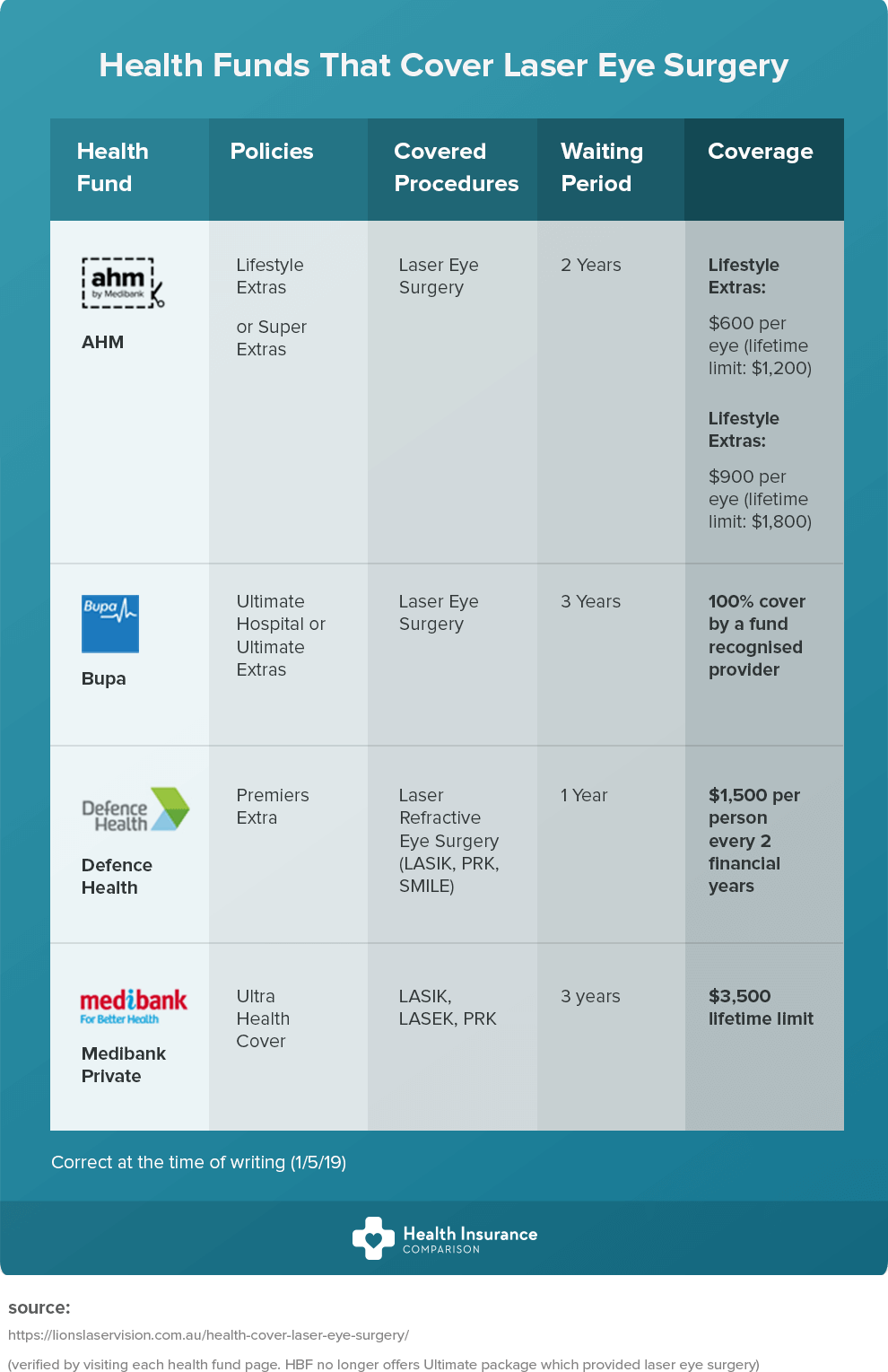This Write-Up Discusses The LASIK Alternatives For Thin Corneas

https://news.abs-cbn.com/life/01/25/21/noong-una-kinakabahan-din-ako-gretchen-ho-talks-about-eye-surgery-experience -Nyholm Armstrong
There are many people who have actually been told they can not qualify for LASIK eye surgical procedure as a result of inadequate corneal thickness. The good news is, there are various other refractive surgical procedure options for them to consider.
These brand-new treatment choices are more effective than LASIK at treating certain types of vision problems as well as minimizing the need for glasses or contacts. They're likewise extra affordable than LASIK!
1. PRK
LASIK is a prominent laser vision modification surgery, yet not everybody is a suitable prospect for it. This is especially true for those with slim corneas or those that take part in energetic sporting activities or work in high-risk tasks that place them at a greater threat of injury to their eyes.
Fortunately, there are other lasik alternatives that work and also secure for people that do not get LASIK. One of these is PRK (photorefractive keratectomy).
Like LASIK, this treatment aims to permanently correct your refractive mistake. It likewise permits you to lower or remove the need for glasses and also calls.
2. ASA
If you're thinking about LASIK however have dry eyes or slim corneas, ASA (Advanced Surface area Ablation) might be the ideal alternative for you. This laser vision adjustment technique improves the outer layer of your cornea, allowing your doctor to utilize an excimer laser to correct your eye's refractive mistake.
ASA is an advanced variation of PRK, or photorefractive keratectomy, which was the precursor to LASIK and was first approved by the FDA in 1995. During this procedure, your epithelium is separated, moistened with a watered down alcohol option, as well as folded up back, prior to the excimer laser improves the cornea.
ASA has fewer threats than LASIK or PRK, and it usually takes a shorter healing period. Nonetheless, there are some side effects that ASA people may experience, consisting of post-operative pain and discomfort, undercorrection or overcorrection, and night vision disruptions.
3. Refractive lens exchange
For people who are seriously nearsighted or farsighted as well as can not undergo laser vision improvement procedures such as LASIK or PRK, refractive lens exchange is a great option. This procedure is performed by replacing your all-natural lens with an unique intraocular lens (IOL) that fixes your refractive mistake and gets rid of the requirement for glasses or calls.
If you suffer from presbyopia, an age-related eye condition that causes you to have difficulty seeing at close distances, Refractive lens exchange is the very best choice readily available to you. This is due to the fact that LASIK can not properly remedy this eye trouble as it deals with the cornea.
For most people, the aging process causes the lenses in their eyes to lose flexibility and also end up being less adaptable. https://postheaven.net/riva4leo/just-how-much-does-lasik-surgical-procedure-price creates problems focusing on up close things such as reading and also dialing phones.
4. Monovision
Monovision is an approach of vision adjustment that makes use of a get in touch with lens to deal with for both far and wide distances. It is most generally utilized to treat presbyopia, which is an usual eye condition that takes place as people age.
It can also be a choice to LASIK in some individuals. With monovision, one eye is fixed for range vision and the various other is fixed for close-up vision (near vision).
Many individuals who utilize monovision get in touch with lenses do not require reviewing glasses or glasses. Nonetheless, this is not always the case.
In a handful of instances, it can be essential to put on glasses when dealing with great detail or focusing on close-up objects.
Surgical alternatives for monovision include laser surgery and also intraocular lens insertion. In the short-term, monovision may be tried with get in touch with lenses to figure out if it is appropriate for a patient.

